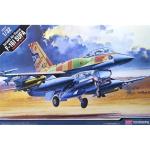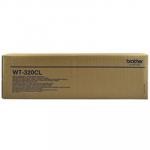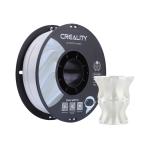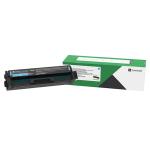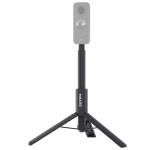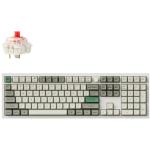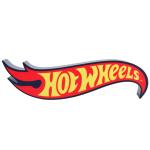Academy - 1/32 - F-16I SUFA
- Brand: Academy
- MPN: Academy 9-12105
- Part #: MDLADY0912105
- UPC:
Features
Specifications
Reviews
Delivery & Pick-up
Returns & Warranty
Popular Military Aircraft


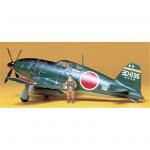
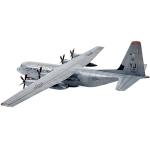

Academy - 1/32 - F-16I SUFA
- Brand: Academy
- MPN: Academy 9-12105
- Part #: MDLADY0912105
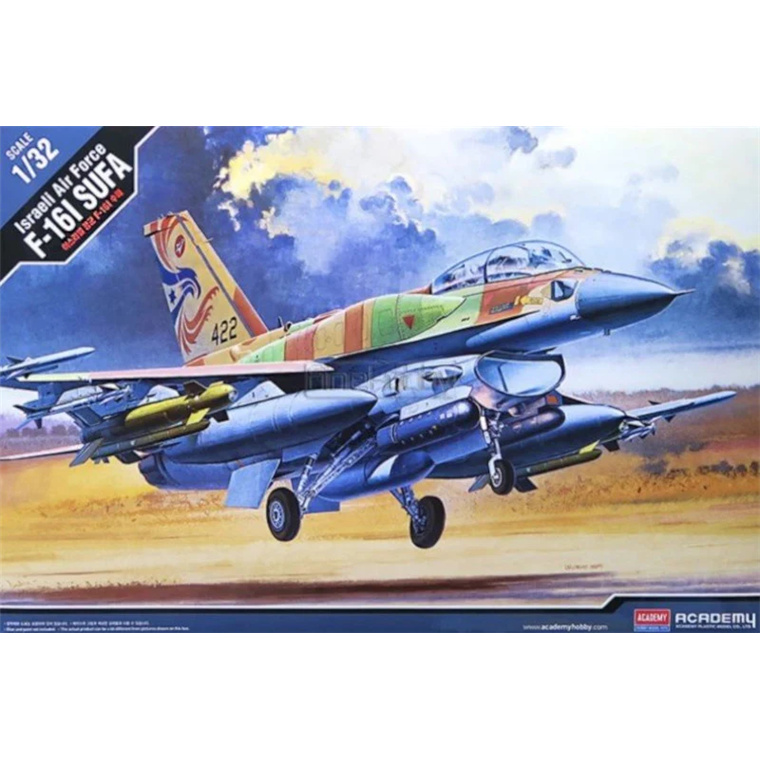
Product URL: https://www.pbtech.co.nz/product/MDLADY0912105/Academy---132---F-16I-SUFA
| Branch | New Stock | On Display |
|---|---|---|
| Auckland - Albany | 0 | |
| Auckland - Glenfield | 0 | |
| Auckland - Queen Street | 0 | |
| Auckland - Auckland Uni | 0 | |
| Auckland - Westgate | 0 | |
| Auckland - Penrose | 0 | |
| Auckland - Henderson (Express) | 0 | |
| Auckland - St Lukes | 0 | |
| Auckland - Manukau | 0 | |
| Hamilton | 0 | |
| Tauranga | 0 | |
| New Plymouth | 0 | |
| Palmerston North | 0 | |
| Petone | 0 | |
| Wellington | 0 | |
| Auckland - Head Office | 0 | |
| Auckland - East Tamaki Warehouse | 0 | |
| Christchurch - Hornby | 0 | |
| Christchurch - Christchurch Central | 0 | |
| Dunedin | 0 |
Features
Academy - 1/32 - F-16I SUFA
The General-Dynamics F-16 Falcon is an American, single-engine, multi-role light fighter and stormtrooper. Work on the F-16 project began in 1971 at the General Dynamics concern (which became part of Lockheed Martin in 1993). It participated in the competition for a light multi-role fighter (LWF) for the U.S. Air Force. The YF-16 prototype first flew on February 2, 1974. A breakthrough in technical terms was the use of a computerized fly-by-wire electrical control system, which made it possible to control the area of the wings and tailplane, reducing the aircraft's weight. The F-16 was the first fighter aircraft in the world to use such a system.
The first versions of the F-16 consisted largely of aluminum alloys (about 83% of the overall structure), but over time, these materials were replaced by composites. The different versions of the F-16 are powered by three engine types: the Pratt-Whitney F-100-PW-200, General Electric F110-GE100, and the Pratt-Whitney F-100-PW-2020. The "brains" of the guidance system was the APG-66 radar, which was later replaced by the APG-68 (V) radar.
The YF-16 design was so successful that it not only won the LWF competition in the USA (competing against the Northrop YF-17), but also secured the centenary contract for multi-purpose fighters for European NATO countries. Its rivals in this contract were the Dassault Mirage F.1 and SAAB J-37 Viggen. Serial production of the F-16 began in 1975, with final assembly occurring in the USA, Belgium, and the Netherlands. The first production F-16A Fighting Falcon was flown on August 7, 1978, and was an attack version of the F-16, primarily designed to counter ground targets.
The F-16 has proven itself in combat, earning several aerial victories in conflicts such as the Lebanon War (1982) and Operation Desert Storm (1991). By the end of the 20th century, more than 4,000 examples of this successful aircraft were produced. There were six basic versions of the F-16: A, C, E (single-seaters) and B, D, F (two-seaters). On the basis of these versions, numerous modernizations have been created, mostly involving the replacement of avionics, and are marked with "block" designations.
The F-16 has also served in Polish aviation since 2006, after the Polish Ministry of Defense decided that the F-16 would be the backbone of their modernized air force, rejecting offers from Dassault and SAAB, despite the competition being the Mirage F2000 and JAS-39 Gripen fighters. This transaction was a significant one for the American company.
Specifications
Brand
Academy
Scale
1/32



